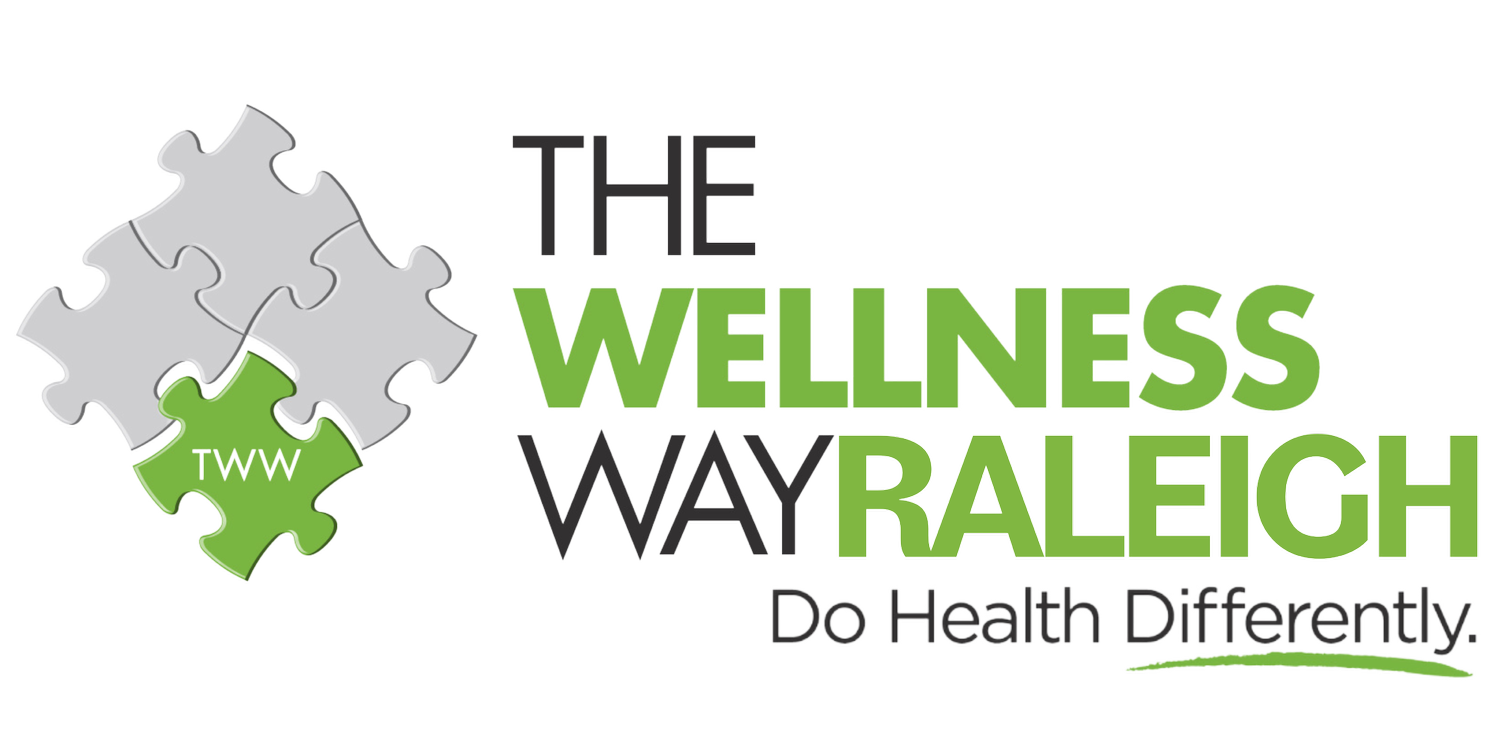I-3-C
*Pricing updated as of March 2024
Indole-3-Carbinol, commonly found in cruciferous vegetables, plays a key role in supporting proper estrogen metabolism. This can provide both cancer preventive benefits and healthy estrogen hormone regulation.
Cruciferous vegetables, including broccoli, cauliflower, Brussels sprout, and cabbage, contain a compound called indole-3-carbinol (I-3-C). A large portion of I-3-C is converted to diindolylmethane (DIM), the substance believed to be the primary contributor to I-3-C’s beneficial properties. I-3-C provides key nutritional support for the liver’s detoxification of estrogens.
Dietary indole compounds, I-3-C being the most predominant, exert a strong protective effect on tissues such as breast, cervix, and prostate that are most susceptible to the effects of undesirable estrogen metabolites, such as 16-alpha-hydroxyestrone. Indole compounds favorably influence steroid hormone metabolism and help encourage estrogen metabolism in favor of 2-hydroxyestrone, a protective estrogen metabolite. Increased indole intake may be especially important for women or men with estrogen-related health conditions.
*Pricing updated as of March 2024
Indole-3-Carbinol, commonly found in cruciferous vegetables, plays a key role in supporting proper estrogen metabolism. This can provide both cancer preventive benefits and healthy estrogen hormone regulation.
Cruciferous vegetables, including broccoli, cauliflower, Brussels sprout, and cabbage, contain a compound called indole-3-carbinol (I-3-C). A large portion of I-3-C is converted to diindolylmethane (DIM), the substance believed to be the primary contributor to I-3-C’s beneficial properties. I-3-C provides key nutritional support for the liver’s detoxification of estrogens.
Dietary indole compounds, I-3-C being the most predominant, exert a strong protective effect on tissues such as breast, cervix, and prostate that are most susceptible to the effects of undesirable estrogen metabolites, such as 16-alpha-hydroxyestrone. Indole compounds favorably influence steroid hormone metabolism and help encourage estrogen metabolism in favor of 2-hydroxyestrone, a protective estrogen metabolite. Increased indole intake may be especially important for women or men with estrogen-related health conditions.
*Pricing updated as of March 2024
Indole-3-Carbinol, commonly found in cruciferous vegetables, plays a key role in supporting proper estrogen metabolism. This can provide both cancer preventive benefits and healthy estrogen hormone regulation.
Cruciferous vegetables, including broccoli, cauliflower, Brussels sprout, and cabbage, contain a compound called indole-3-carbinol (I-3-C). A large portion of I-3-C is converted to diindolylmethane (DIM), the substance believed to be the primary contributor to I-3-C’s beneficial properties. I-3-C provides key nutritional support for the liver’s detoxification of estrogens.
Dietary indole compounds, I-3-C being the most predominant, exert a strong protective effect on tissues such as breast, cervix, and prostate that are most susceptible to the effects of undesirable estrogen metabolites, such as 16-alpha-hydroxyestrone. Indole compounds favorably influence steroid hormone metabolism and help encourage estrogen metabolism in favor of 2-hydroxyestrone, a protective estrogen metabolite. Increased indole intake may be especially important for women or men with estrogen-related health conditions.


